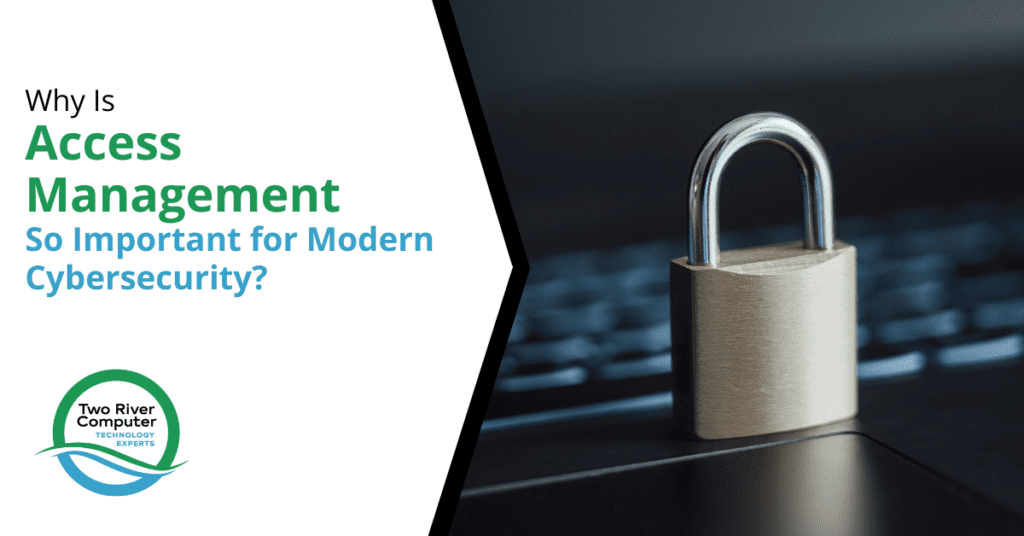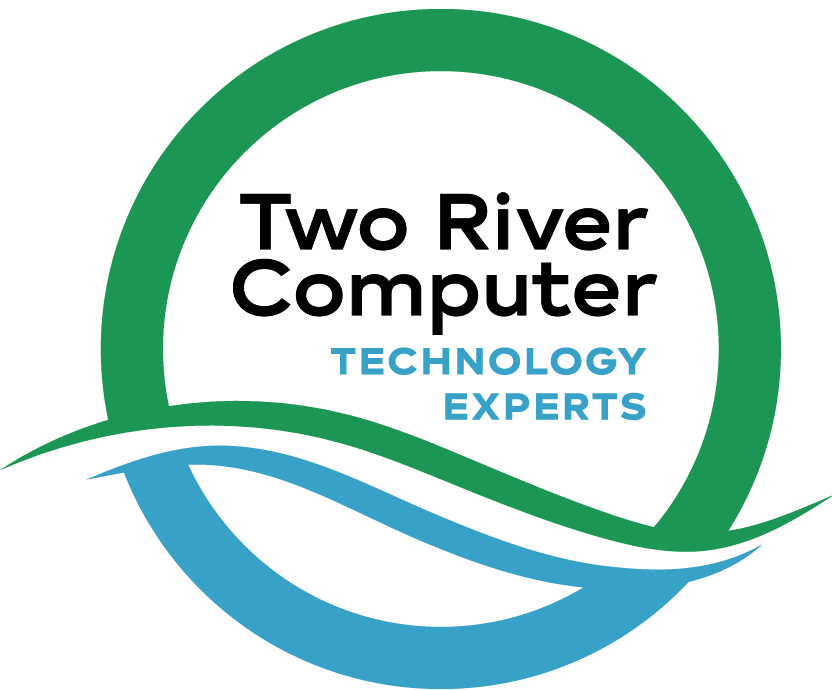
In today’s digital age, where data breaches and cyber-attacks have become increasingly prevalent, access management has emerged as a critical aspect of cybersecurity. Effective access management is essential for safeguarding sensitive information, protecting against unauthorized access, and ensuring the overall security and integrity of an organization’s digital assets.
This article delves into the significance of access management in modern cybersecurity and explores the various aspects that make it a vital component of any robust cybersecurity strategy.
Understanding Access Management
At its core, access management refers to the practice of granting or revoking user permissions to access specific resources or information within an organization’s network or system. These resources can include sensitive data, applications, databases, and other digital assets that are crucial for an organization’s operations.
Access management goes beyond just providing usernames and passwords; it involves a comprehensive approach to controlling access based on the principle of least privilege, ensuring that users only have access to the resources they truly need to perform their duties.
The Principle of Least Privilege
The principle of least privilege is a fundamental concept in access management. It dictates that users should only be granted the minimum level of access necessary to perform their job responsibilities effectively.
This principle helps reduce the risk of unauthorized access and minimizes the potential damage caused by insider threats or external attacks that manage to compromise a user’s account. By adhering to this principle, organizations can significantly enhance their cybersecurity posture.
Challenges in Access Management
Implementing robust access management can be challenging for many organizations. As businesses grow and adopt various technologies, the complexity of access management increases. Some common challenges include:
- Balancing Security and Usability: Striking the right balance between robust security measures and a user-friendly experience is often a challenge. Too many security restrictions can hinder productivity, while weak access controls can jeopardize data integrity.
- Identity Verification and Authentication: Ensuring that users are who they claim to be is crucial in access management. Weak or easily bypassed authentication methods can lead to unauthorized access.
- Managing Privileged Access: Administrators and privileged users often have access to critical systems and sensitive data. Managing and monitoring their access effectively is essential to prevent potential misuse.
- Scaling Access Management: As organizations grow and employ more people and resources, managing access becomes more complex and requires scalable solutions.
Role-Based Access Control (RBAC)
To address some of the challenges in access management, many organizations adopt Role-Based Access Control (RBAC). RBAC is a model that assigns permissions to users based on their roles within the organization. Instead of managing individual user permissions, access is controlled at a role level. This approach streamlines access management and makes it easier to enforce the principle of least privilege.
Benefits of Effective Access Management
Implementing strong access management practices can yield various benefits for organizations seeking to enhance their cybersecurity posture:
- Data Protection: Protecting sensitive data from unauthorized access is a top priority for any organization. Access management ensures that only authorized individuals can view or modify critical information, reducing the risk of data breaches and leaks.
- Regulatory Compliance: Many industries are subject to strict data protection regulations. Effective access management helps organizations comply with these requirements by controlling access to sensitive information and maintaining an audit trail of user activity.
- Reduced Insider Threats: Insider threats, whether malicious or accidental, pose a significant risk to organizations. Access management helps mitigate this risk by limiting access to only what is necessary for job functions.
- Mitigated External Attacks: In the event of a cyber-attack, access management can prevent unauthorized users from gaining access to critical systems, limiting the scope of the attack and reducing potential damage.
- Enhanced Network Security: By controlling access to various resources within the network, access management strengthens overall network security and prevents unauthorized lateral movement.
- Improved User Accountability: Access management provides an audit trail of user activity, promoting user accountability and making it easier to investigate and address any suspicious or malicious behavior.
- Streamlined User Provisioning: Proper access management streamlines the process of provisioning new users, ensuring they receive the necessary access privileges without delays.
Best Practices for Effective Access Management
To ensure the success of an access management strategy, organizations should adhere to these best practices:
- Regular Access Reviews: Conduct periodic reviews to ensure that user access is appropriate and up-to-date. Remove unnecessary permissions and revoke access for employees who no longer require it.
- Multi-Factor Authentication (MFA): Implement MFA to add an extra layer of security to the authentication process. This can significantly reduce the risk of unauthorized access resulting from stolen or compromised credentials.
- Centralized Access Control: Use centralized access control solutions to manage user permissions across various systems and applications. This approach streamlines access management and enhances consistency.
- Encryption: Encrypt sensitive data to protect it from unauthorized access even if security measures are breached. This provides an additional layer of protection for sensitive information.
- Regular Security Training: Educate employees about the importance of access management and the potential risks associated with unauthorized access. Regular security training can help create a security-conscious culture within the organization.
Contact Us Today
Access management plays a crucial role in modern cybersecurity. Effective access management protects sensitive data, mitigates insider threats, and reduces the impact of external attacks. By adhering to the principle of least privilege and implementing robust access controls, organizations can enhance their cybersecurity posture and ensure the confidentiality, integrity, and availability of their digital assets.
To learn more about access management and how it can benefit your organization’s cybersecurity strategy, feel free to contact Two River Computer. We are here to help you enhance your cybersecurity measures and safeguard your valuable assets.


